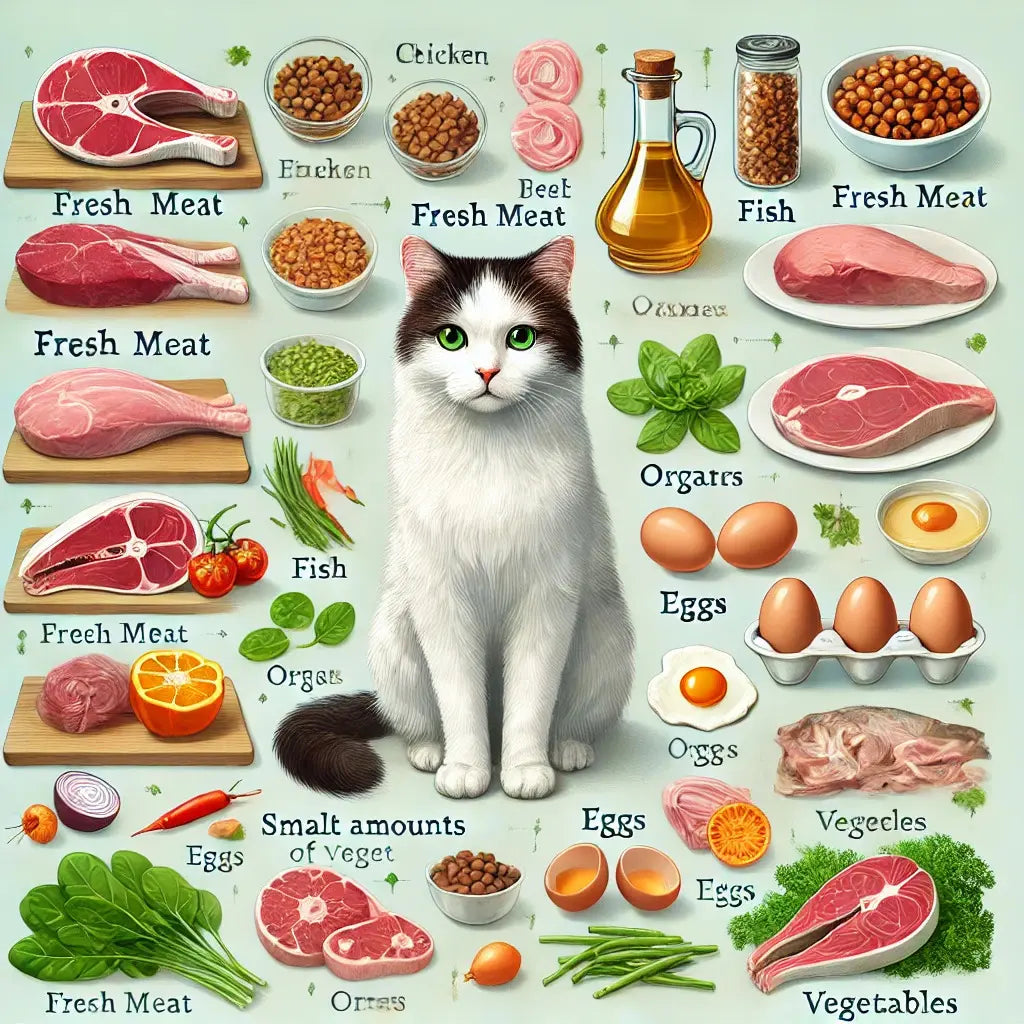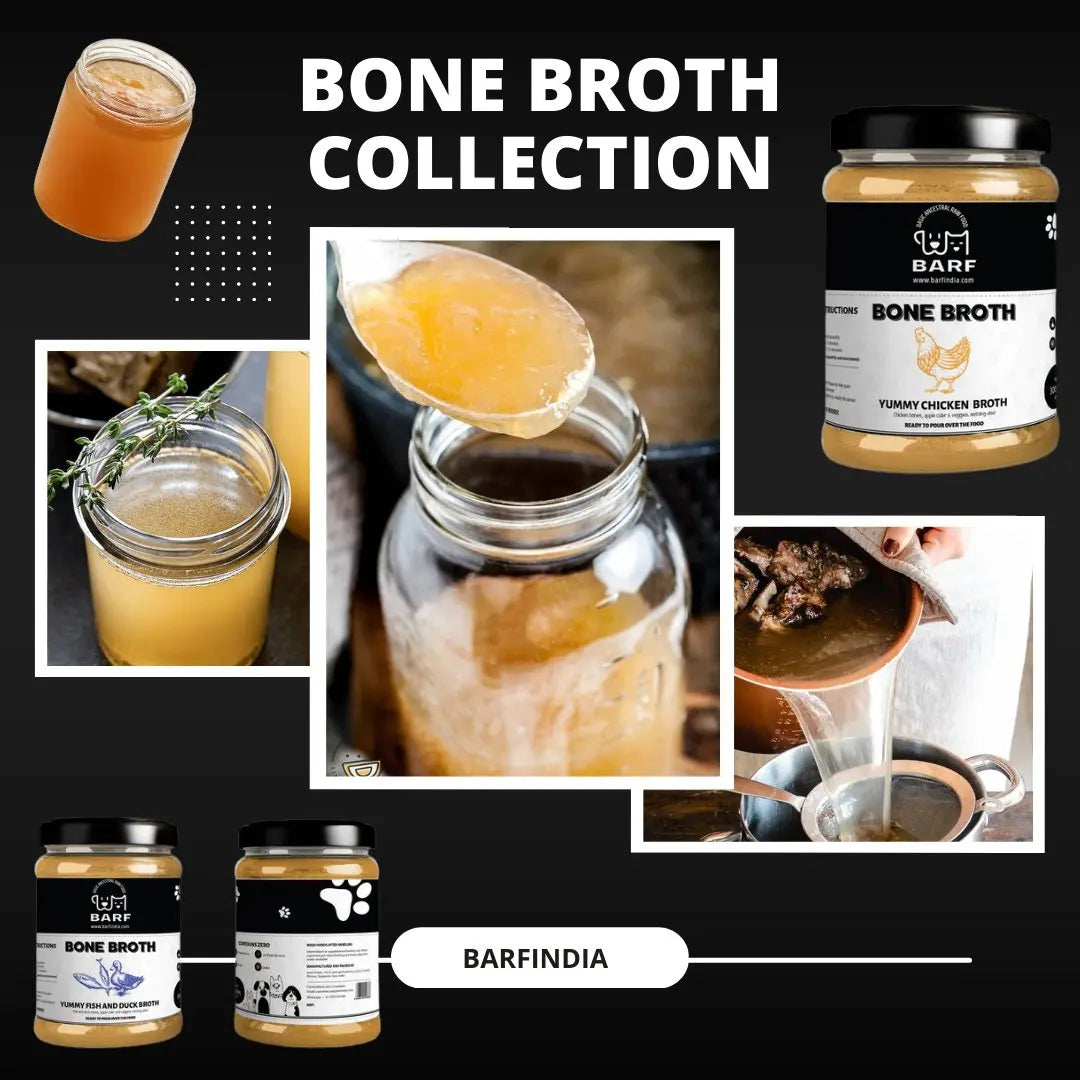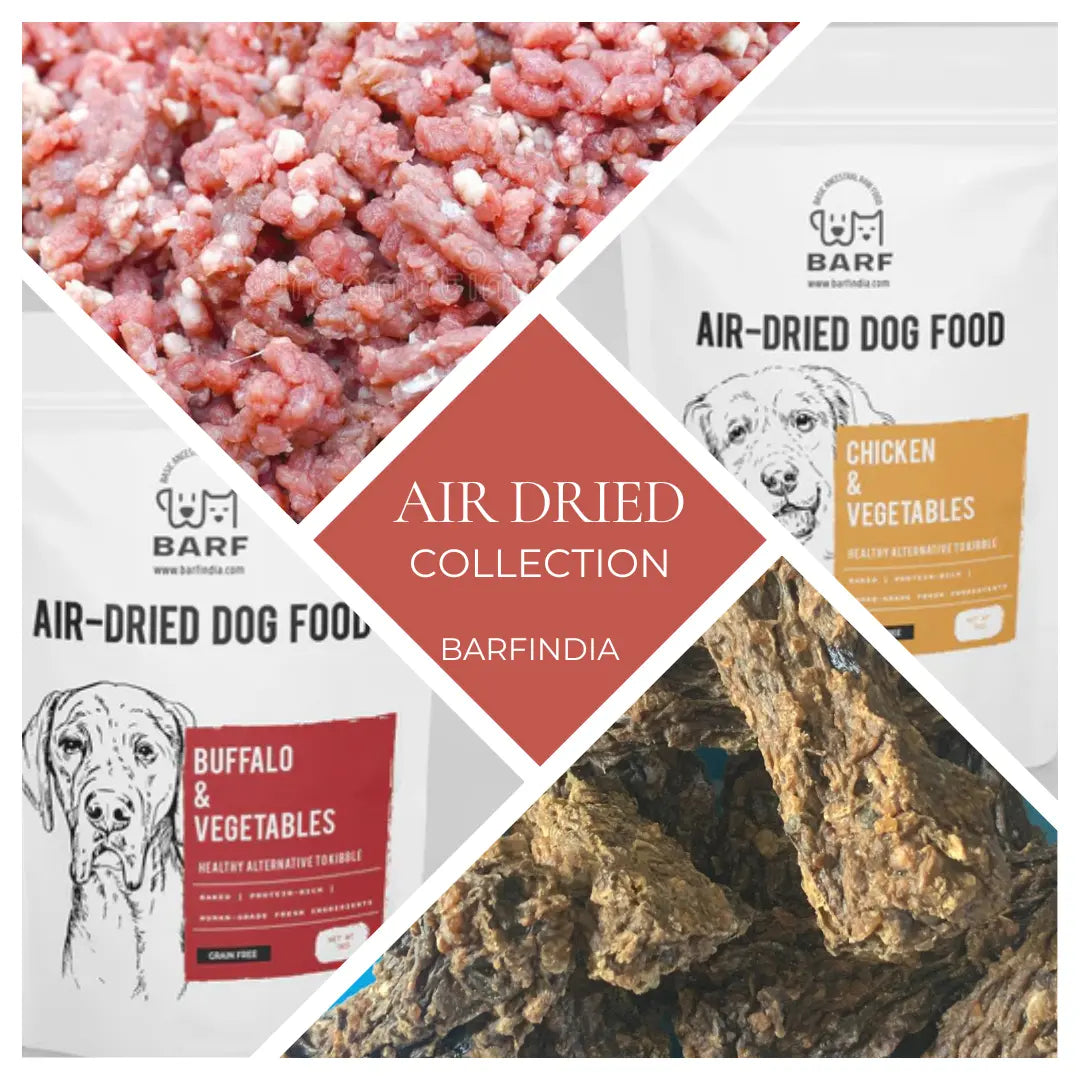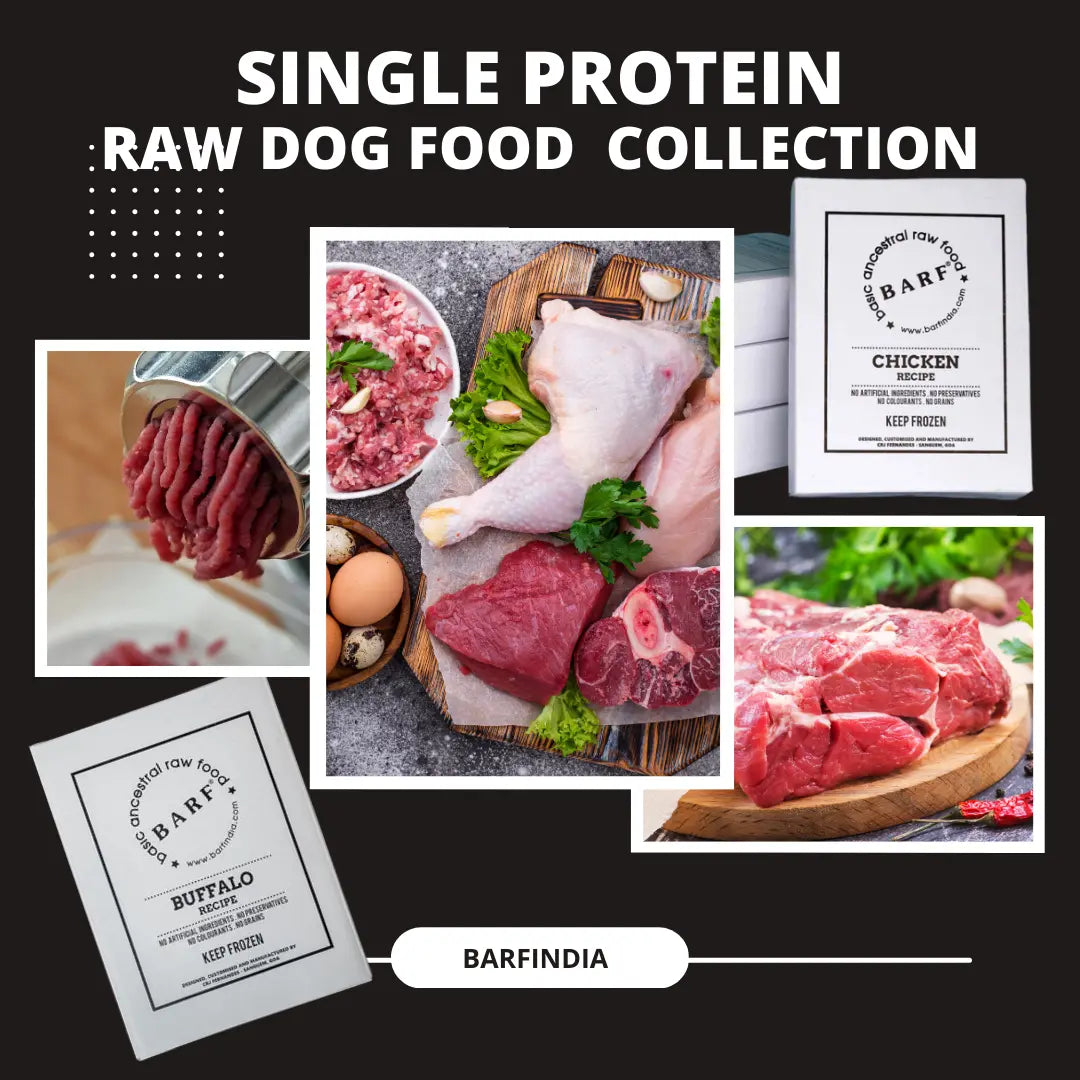
Choosing the Right Ingredients for Raw Cat Food
Nivedita FernandesThe Ultimate Guide to Choosing the Right Ingredients for Raw Cat Food
Introduction
Cats are more than just pets; they’re family members that captivate us with their unique personalities and affectionate behavior. As responsible cat owners, ensuring their health and vitality is a top priority. One critical way to achieve this is by providing them with the right nutrition. In recent years, raw feeding has emerged as a popular choice among cat enthusiasts, as it mirrors what cats would naturally consume in the wild. A well-prepared raw diet offers multiple benefits, including enhanced digestion, a shinier coat, increased energy, and overall improved well-being.
In this comprehensive guide, we'll walk you through the essentials of choosing the best ingredients for raw cat food to help your feline thrive. Learn how to create a balanced diet that caters to your cat’s nutritional needs while avoiding harmful ingredients that could compromise their health.
Check out BARF India’s guide to raw feeding to understand why raw food can be a healthier alternative for your pet.
Understanding Feline Nutritional Needs
Before diving into ingredient selection, it’s crucial to grasp the nutritional requirements of our feline friends. Cats are obligate carnivores, which means they must consume animal-based proteins to survive. Unlike omnivores, they rely on a diet that is rich in:
- Essential Amino Acids: Taurine and arginine are two key amino acids that cats need but cannot produce themselves. These nutrients are critical for heart health, vision, and immune function.
- Healthy Fats: Fats are a vital energy source and contribute to a shiny coat and healthy skin.
- Vitamins and Minerals: Vitamins A, D, E, K, B-complex, and minerals like calcium and phosphorus are essential for bone development, muscle function, and overall health.
1. High-Quality Proteins: The Foundation of a Raw Cat Food
Protein forms the backbone of any cat's diet, and the quality of the protein source directly affects your cat's health. Let’s explore the best options:
Muscle Meat
Muscle meats are rich in essential amino acids and should make up a significant portion of your cat's diet. Some ideal choices include:
- Chicken: A lean and easily digestible protein source.
- Turkey: Another lean option packed with essential nutrients.
- Beef: Provides a slightly higher fat content, ideal for cats needing more calories.
- Emu: A novel protein source, perfect for cats with food sensitivities.
Find high-quality, locally sourced meals at BARF India’s product range.
Organ Meats
Organ meats are nutrient-dense powerhouses, delivering essential vitamins and minerals such as vitamins A, D, E, K, and important minerals like zinc and iron. Key organ meats to include are:
- Liver: Packed with Vitamin A but should be fed in moderation due to its high content.
- Kidneys: Provide a range of B-vitamins and trace minerals.
- Heart: An excellent source of taurine, crucial for cats' heart health and vision.
Pro Tip: Rotate different organ meats in your cat’s diet to provide a variety of nutrients.
Fish
Fish can be an excellent supplement to your cat’s raw diet, as it offers omega-3 fatty acids that support joint health, skin, and coat quality. However, it should only be fed occasionally due to potential risks:
- Opt for small, oily fish like sardines or mackerel as treats, not staples.
- Avoid large fish with higher mercury levels, such as tuna.
2. The Importance of Bone Content
Including bone in your cat's diet is vital for providing calcium and phosphorus, which are essential for:
- Bone strength and development
- Dental health
- Muscle function
How to Include Bones Safely:
- Use ground bone or bone meal for homemade raw diets.
- Ensure bones are finely ground to prevent choking hazards.
Read more about the importance of calcium in a raw diet for cats on our blog.
3. Essential Fatty Acids: Building Blocks for a Healthy Cat
Fats are more than just an energy source; they’re essential for nutrient absorption, skin health, and coat shine. The two primary types to focus on are:
- Omega-3 Fatty Acids: Found in fish oil, salmon, and flaxseed oil, omega-3s support a healthy inflammatory response.
- Omega-6 Fatty Acids: Poultry fat and certain plant oils like safflower or sunflower oil provide the omega-6s necessary for skin health and cellular function.
4. Vitamins and Minerals: Filling the Nutritional Gaps
While raw meat is rich in many nutrients, it may lack certain vitamins and minerals. To ensure a balanced diet:
- Include bone meal or calcium supplements if you’re not feeding raw bones.
- Add taurine supplements to support heart and eye health.
- Consider a Vitamin E supplement, as it's crucial for cell function and immune health.
Explore our recommended supplements for raw feeding to keep your cat healthy.
5. Ingredients to Avoid in Raw Cat Food
When preparing raw cat food, some ingredients can be harmful or even fatal:
- Onions and Garlic: Cause oxidative damage to red blood cells, leading to anemia.
- Grapes and Raisins: Toxic to cats and can lead to kidney failure.
- Chocolate: Contains theobromine, which can cause severe symptoms, including seizures.
- Xylitol: Found in some sugar-free products, it can cause hypoglycemia and liver failure.
6. Variety and Balance in Your Cat's Diet
Just as we benefit from a varied diet, so do our cats. Rotating different protein sources ensures:
- Nutrient diversity: Helps prevent nutrient deficiencies and imbalances.
- Enhanced palatability: Keeps mealtime exciting for your cat.
A balanced diet should include:
- 80% muscle meat
- 10% bones
- 10% organ meat
Conclusion
Choosing the right ingredients for raw cat food is both an art and a science, but the effort pays off with a healthier, happier feline companion. By prioritizing high-quality proteins, incorporating essential fats, vitamins, and minerals, and being cautious with harmful ingredients, you can provide your cat with a diet that truly mirrors what nature intended.
For more expert guidance, explore BARF India’s complete range of raw feeding resources and start your journey to a healthier cat today!
Ready to switch to raw feeding? Visit BARF India to discover a wide variety of raw feeding options and expert advice.
FAQs About Raw Cat Food
Q1: How much raw food should I feed my cat?
Cats typically need about 2-4% of their body weight in raw food daily. Adjust this amount based on activity level and health.
Q2: Is it safe to include bones in my cat's diet?
Yes, as long as they are ground or finely crushed to prevent choking.
Learn more about safely incorporating bones into your cat's diet.



